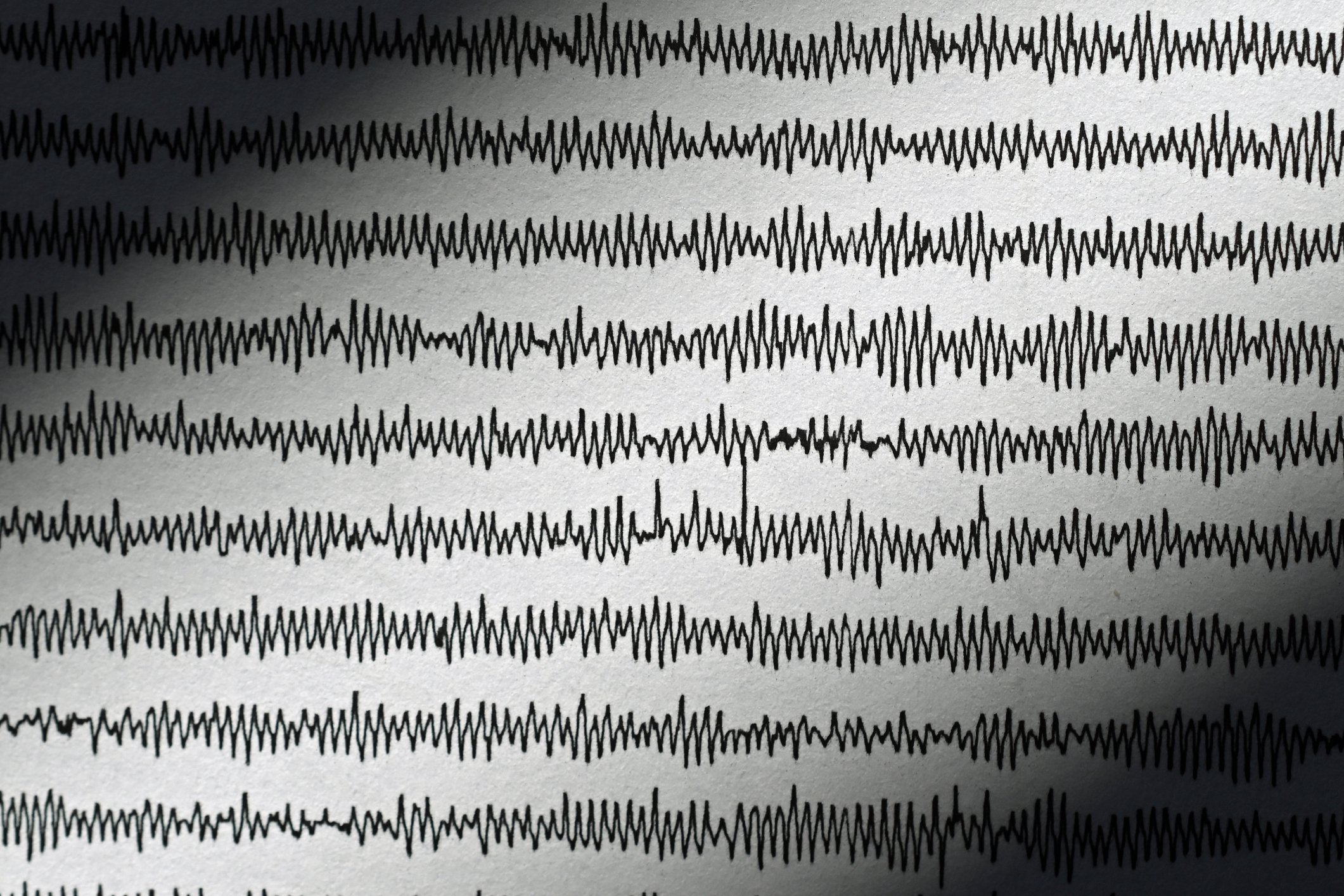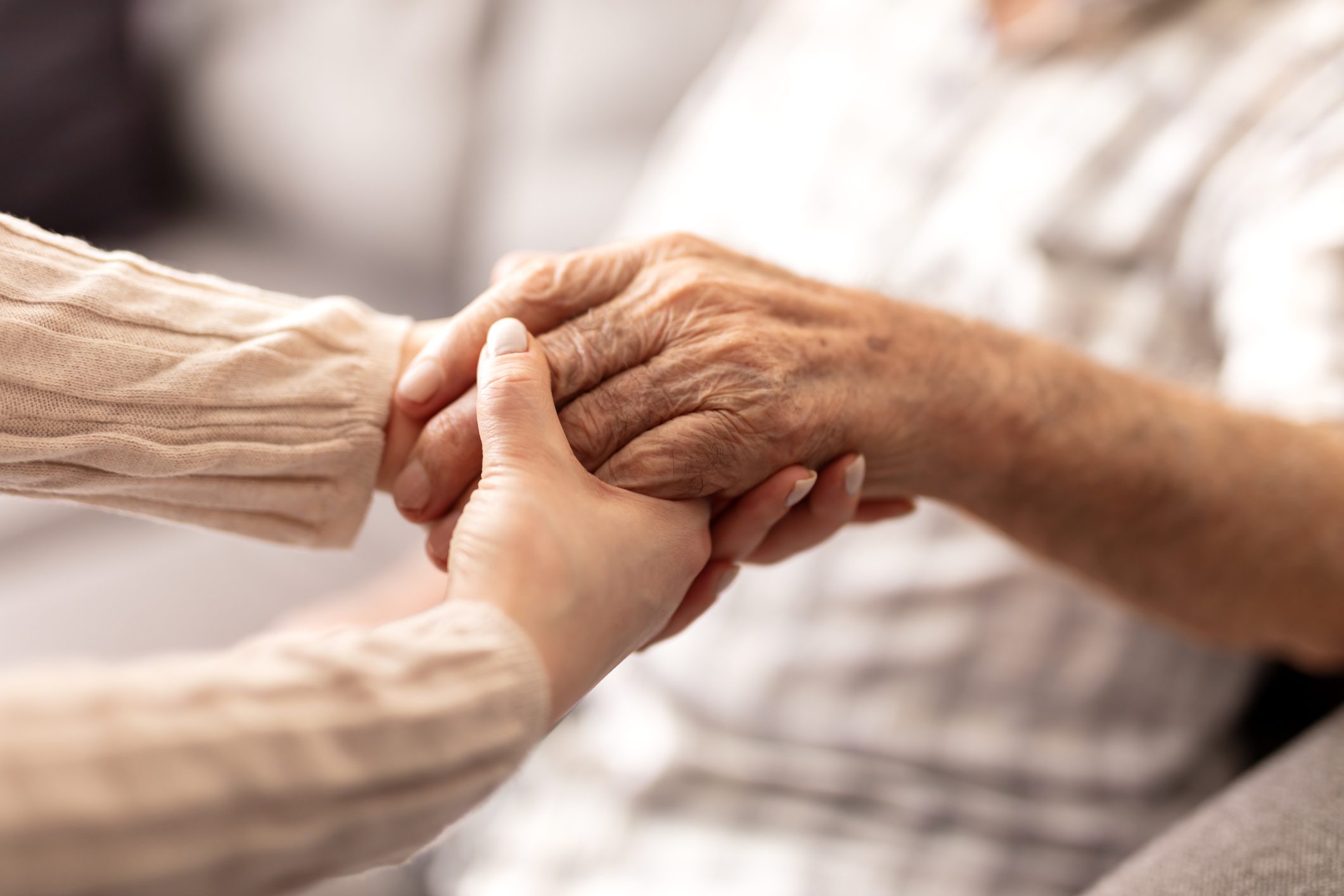It is obvious that climate change does not mean good news for pollen allergy sufferers either. But even people without allergies can be increasingly affected by the changes.
The time when grass and tree pollen fly begins earlier and earlier and lasts longer and longer. If an allergy sufferer had to torture himself for 2-3 months in spring in the past, today the nose runs and the eyes burn for six months or even longer. Days completely without pollen count are now a rarity. Besides the quantitative increase, the quality has also changed: Pollen concentrations in the air are higher and flower pollen is becoming more aggressive. The reason for this is compounds with air pollutants, which release more allergens, explained Prof. Dr. Claudia Traidl-Hoffmann, Outpatient Clinic for Environmental Medicine, Augsburg University Hospital (D) [1]. Thunderstorms can also aggravate the situation: Pollen that has just bloomed freshly is torn out of the plants in the thunderstorm. They break up in the air, becoming even more allergenic, and can travel for miles. When the particles eventually come back down to the ground with the rain, people breathe them in, which can also lead to exacerbations.
Meanwhile, the changes have also had an impact on non-allergy sufferers: Prof. Traidl-Hoffmann reported studies in which pollen reduced the immune response to viruses because fewer antiviral cytokines were released. As a result, more people became ill with viral infections (including SARS-CoV-2). She therefore recommends that it is best to wear an FFP2 mask on days with high concentrations. To counteract the changing situation, he said, it will be necessary to make cities more climate-friendly in the future, for example with green spaces whose plants have a low allergen potential.
Congress: Allergology Update Seminar
Source:
- Lecture “Hot Topic: Climate Change and Allergies”.
- 13th Allergology Update Seminar, 3/4/2023.
InFo PNEUMOLOGY & ALLERGOLOGY 2023; 5(2): 42 (published 6/2/2013, ahead of print).












